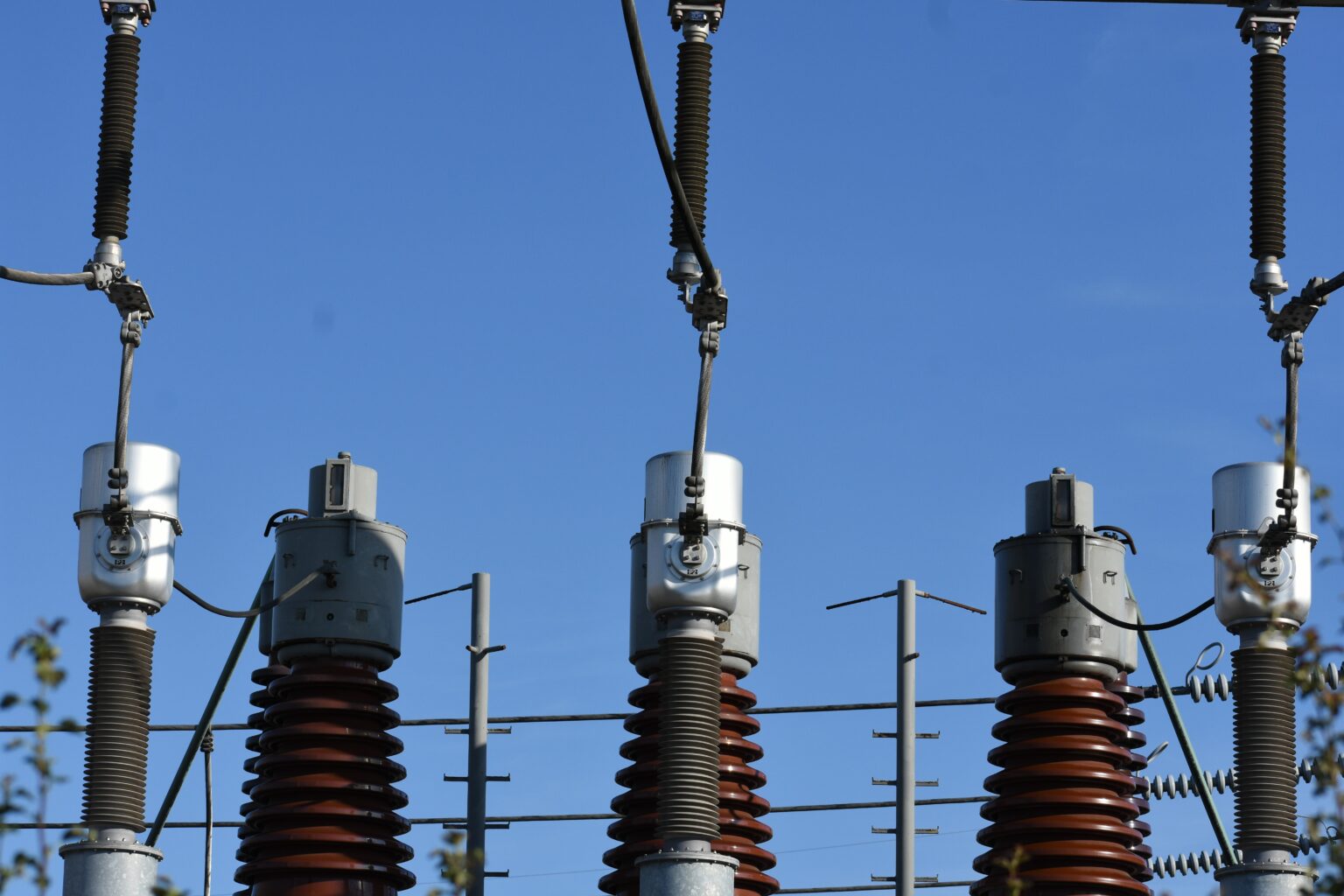The Dallas Federal Reserve said Tuesday that the Texas electrical power grid is still vulnerable to severe weather despite safeguards put in place after a February 2021 deep freeze that caused widespread outages.
During the deep freeze two years ago, key components of the state’s electrical grid failed, leading to roughly 4.3 million power outages during the storm’s peak. Some 69 people died over eight days of temperatures below 45 degrees—the longest stretch of weather that cold in Texas since 1940. On February 15, the average temperature was just 20.5 degrees Fahrenheit.
Afterward, Texas introduced regulations to weatherize its grid.
On Tuesday the Dallas Federal Reserve called for increased enforcement of those standards and more incentives to boost thermal power generation, as well as Texas’ so-called enhanced demand-response programs, which could include paying large power customers to curtail electricity use during peak demand.
The moves “would help ensure the power grid stands up to future demand growth and the challenges of extreme weather,” Garrett Golding, a senior business economist at the Dallas Fed, said in a note.
The state’s grid, which the Electric Reliability Council of Texas (ERCOT) primarily operates and the Public Utility Commission (PUC) of Texas oversees, avoided rolling blackouts during severe cold weather last month, which scientists have attributed in part to climate change.
Representatives for ERCOT and the Texas PUC said the performance during December’s winter storm, along with other severe temperatures that have led to surging demand since the February 2021 breakdown, is proof that grid reforms have been successful.
“The reforms implemented are working, and as a result, the reliability and resiliency of the grid is stronger than ever before,” ERCOT said in an email.
In his third inaugural address on Tuesday, Gov. Greg Abbott (R) pitched a focus on infrastructure that included the power grid.
“We all know that increased demand is going to be placed on the grid as Texas continues to grow,” Abbott said. “So this session, we will build a grid that powers our state—not for the next four years, but for the next 40 years.”


